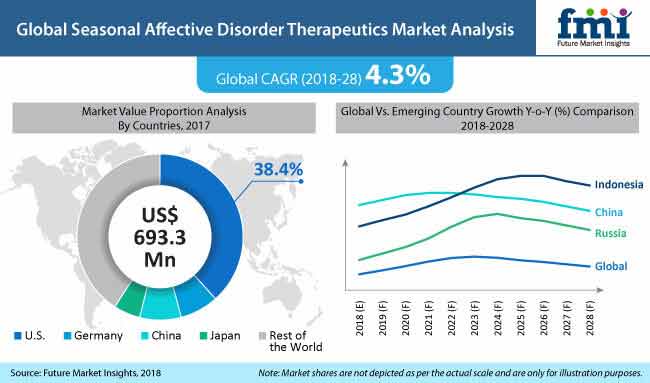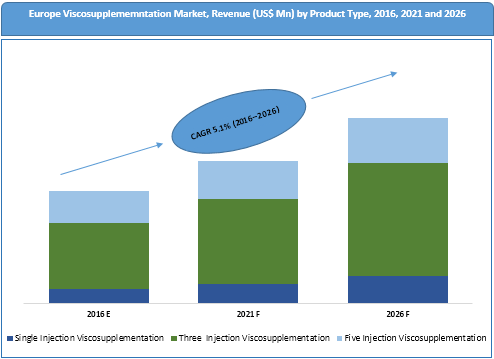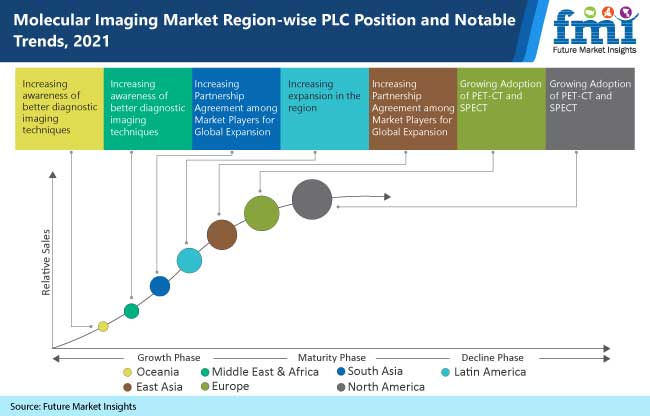“Stand-up pouches made from barrier films are rapidly replacing plastic and glass packaging alternatives owing to lower costs and higher convenience levels. Further, packaging barrier films use lesser materials and are lighter than rigid packaging options, thereby boosting adoption and revenues, ”says the FMI analyst.
Request report sample to gain in-depth market insights at https://www.futuremarketinsights.com/reports/sample/rep-gb-5000
Packaging Barrier Films – Key Takeaways
- Pharmaceutical applications are anticipated to contribute significantly to revenues, driven by higher investments in healthcare and drug formulations that require protection from contaminants.
- PET based packaging films are highly sought after owing to superior barrier characteristics against oxygen and water vapor.
- Asia Pacific is displaying high production and consumption of packaging barrier films owing to extensive pharma and processed food packaging applications.
Packaging Barrier Films – Driving Factors
- Niche applications of barrier films in packaging of electronic items such as OLED and photovoltaic material generates lucrative opportunities.
- Cost benefits for end user industries in logistics and material costs are a key factor that drive the adoption of packaging barrier films.
Packaging Barrier Films – Key Constraints
- Environmental concerns associated with the production and disposal of conventional packaging barrier films hurt market prospects.
- Lack of adequate recycling facilities and technologies for flexible packaging formats hold back market growth.
The Anticipated Impact of Coronavirus
The coronavirus pandemic will negatively impact the packaging barrier films market owing to high production costs from fluctuating raw material supplies, and shortage of manpower. In addition, the lockdown has caused suspension of production, and disrupted supply chains in the short term. However, the designation of barrier packaging films as essential items, and applications in FMCG sector will help players to sustain operations and partially cut losses during the crisis period.
Explore the global packaging barrier films report with 301 illustrative figures, 310 data tables and the table of contents. You can also find a comprehensive market segmentation on https://www.futuremarketinsights.com/askus/rep-gb-5000
Competition Landscape
Leading players in the packaging barrier films market include but are not limited to KOROZO Ambalaj San.ve Tic A.S, Amcor Ltd., VF Verpackungen GmbH, Bemis Company Inc., Lietpak, Uflex Ltd., Flexopack SA, Sealed Air Corp., Sudpack Verpackungen GmbH & Co. KG, Mondi plc, Supravis Group SA, and Huhtamaki Oyj.
Manufacturers are primarily pushing for circular economy initiatives to set up recycling facilities and developing recyclable or biodegradable packaging barrier film options, to bolster portfolios and meet consumer bias towards eco-friendly products.
For instance, Mondi plc has collaborated with Hutthaler for the development of a completely recyclable, mono-material, thermoforming barrier film for meat packaging applications. Innovia Films has collaborated with Wildcorn for fully recyclable packaging barrier film pouches for its popcorn products. So, Amcor Ltd. has unveiled AmLite, a polyolefin, ultra-recyclable packaging film for food, personal care, and pharma packaging applications.
For More Information or Query or Customization Before Buying, Visit: https://www.futuremarketinsights.com/customization-available/ rep-gb-5000



.jpg)